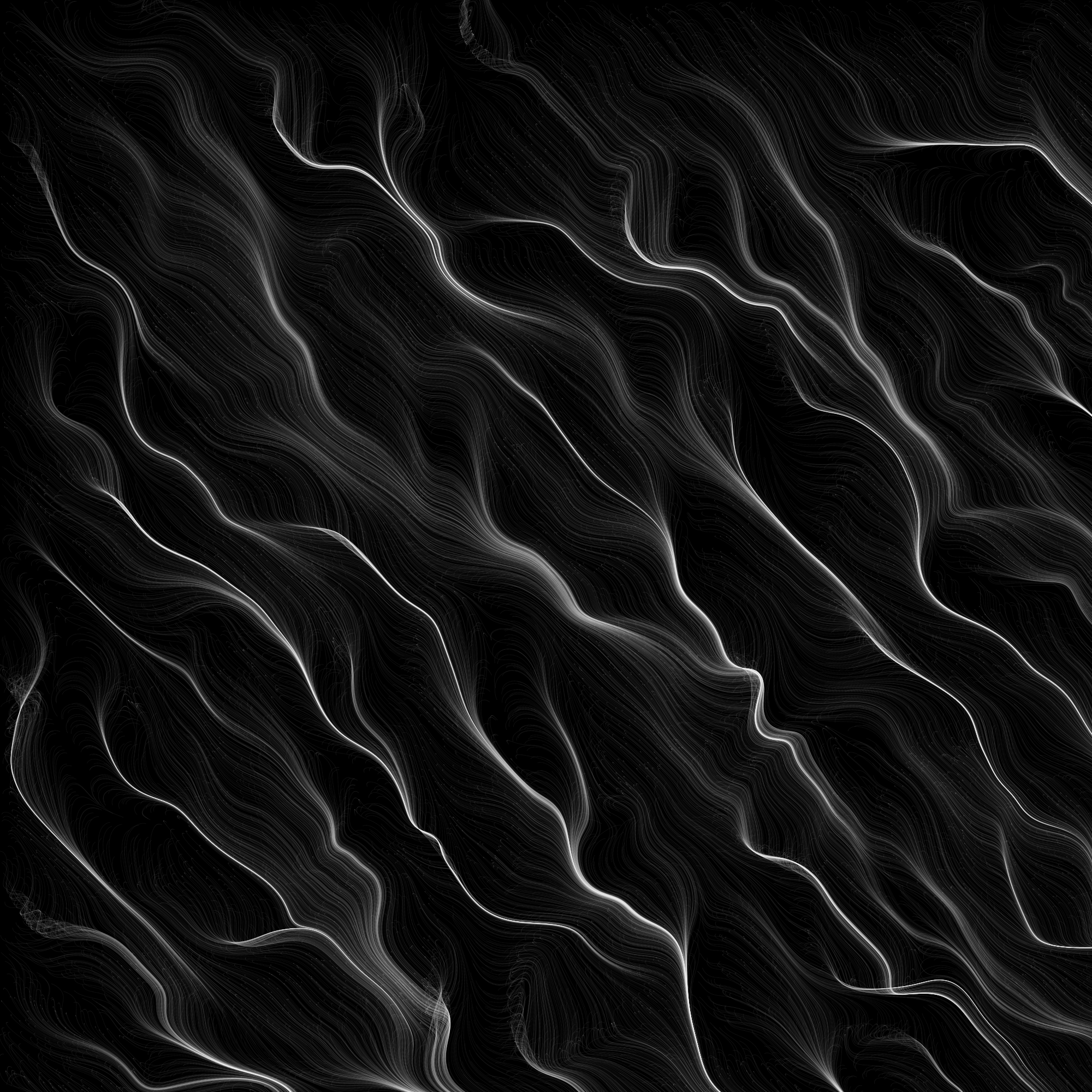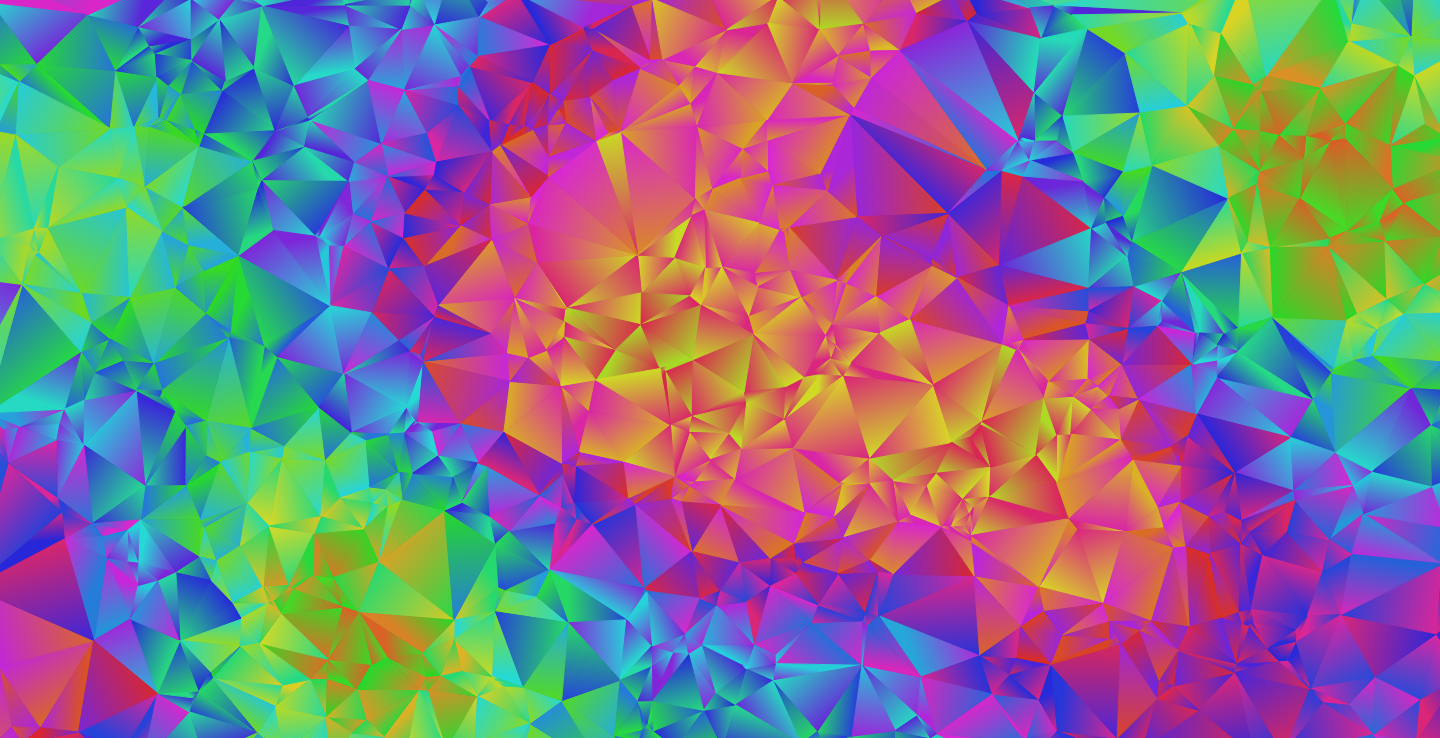THIS IS NOT FINANCIAL ADVICE!
Disclaimer: cryptocurrencies are volatile, be careful!
Hi, my name is Johan, I’ve been programming for 20+ years and I’ve always been fascinated by math and science. One of the first things that I coded was fractals back in 1993 using Pascal. In the late 90:ies I sat staring in awe on a lot of demos (from the demo scene). In 2015 I started to use JavaScript and created a CodePen account where I create patterns, animations, generative designs and fractals. I also create shaders on ShaderToy. Last year I bought an AxiDraw pen plotter so now I also create physical things. Just recently I started investigating blockchain and NFTs because I wanted to try and sell my works online but was shocked to learn about the high energy consumption of Bitcoin and Etherium.
I’m going to tell you what I’ve learned and how I got started selling NFTs. First an introduction to all the concepts. Feel free to skip all of that and go directly to “How do I create an NFT?”.

Fractal Brownian Motion
What are NFTs?
Non-fungible token, also called nifties, are images and videos sold online for cryptocurrency. NFTs have been making the headlines recently thanks to some high volume sales like:
- Beepl (Mike Winkelmann) sold his work “Everydays: the First 5000 Days” on a Christies auction for around 69 000 000 USD.
- Nyan Cat, the flying cartoon cat leaving a rainbow trail, recently sold for 580 000 USD when the original creator auctioned a new improved version to celebrate it’s ten year anniversary.
An NFT is a record on a blockchain which tells who the creator and who the owner is. It also shows if the NFT is for sale or not and its price and it has a pointer to the file in question. All transactions regarding an NFT is kept in a ledger on the blockchain. Since the blockchain can’t store files, a common solution is to store the files on IPFS.
There are a number of market places for NFTs like: Nifty Gateway, Rarible, OpenSea, SuperRare, KnownOrigin, Foundation.
For physical art like a sculpture or a painting it is easy to define ownership, either you have the painting hanging on your wall or not. With digital art it has traditionally been harder, I have an image file on my computer, do I own it? NFTs does not prevent copying – millions of people can have the Nyan Can gif on their computer, but thanks to blockchain technology there is proof of who owns it right now. So why would I buy an NFT? Compare it to a photograph, you can either buy the poster version of it from an edition of several thousands – or you can buy one from a limited edition signed by the photographer. Do I just want to look at it or do I care about owning an original? Read more
What is a blockchain?
“An open, distributed ledger that can record transactions between two parties efficiently and in a verifiable and permanent way”. Transactions are put in blocks which are verified with cryptography. Compare it to the version control system git which is also distributed: the whole source code history is kept in each clone. Read more
What is a cryptocurrency?
Most of you have heard of Bitcoin – the first decentralized cryptocurrency, but there are a lot of others, for example: Etherium, Dogecoin and Tezos. A cryptocurrency is a digital asset that is not issued by any central authority, it’s impossible to counterfeit and ownership and transactions are stored on a blockchain. Common complaints are that cryptocurrencies can be used for illegal activities and the exchange rate is very volatile. Read more
What is a smart contract?
The lack of extensibility in Bitcoin led to the creation of Etherium which has smart contracts. Several market places have for example built in support for royalties. That means that when I put an NFT for sale I can specify that I want 10% royalties for every future sale. Read more
What is Tezos?
Tezos is a decentralized blockchain with a cryptocurrency tez ($XTZ) where you can deploy smart contracts. Tezos uses proof of stake as the consensus mechanism. Read more
What is a consensus mechanism?
In a distributed ledger there needs to be a way to ensure that the transactions are genuine. There are two major types of mechanisms: proof of work (PoW) and proof of stake (PoS).
- PoW is currently used by Bitcoin and Etherium. To prevent data tampering a number of nodes in the network are tasked with computing hashes of blocks but only one of the nodes is selected as the winner at random which makes the majority of computations wasteful. This is called mining. PoW blockchains use a lot of energy, it was designed to do so. It’s been reported that Bitcoin consumes ‘more electricity than Argentina’
- PoS is used by Tezos and will be used by later versions of Etherium. In PoS a single node is selected to do the computation and therefor there is no waste. This is called staking or baking. I’ve not found any specific energy consumption facts of Tezos but four researchers conclude that: “The energy consumption of PoS blockchains is several orders of magnitude lower than that of PoW” Source
What is the environmental impact of NFTs?
This is a very important aspect I think. I read a lot about this before I decided to create my first NFT. Since there are different blockhains using different consensus mechanism, you can’t say anything about NFTs in general, it depends on the underlying blockchain. Bitcoin and Etherium both use proof of work consensus mechanism which uses a lot of energy, as you already read about above, whereas Tezos uses far less.
Read more:
- By Joanie Lemercier
- A guide to ecofriendly CryptoArt (NFTs) by Memo Akten
- https://everestpipkin.medium.com/but-the-environmental-issues-with-cryptoart-1128ef72e6a3
- The Unreasonable Ecological Cost of #CryptoArt (Part 1) by Memo Akten
What is generative art?
The final result of the work (image, video, sound etc) is influenced by an outer source – something that the creator can’t control. It could be randomness, it could be the time of day, it could be the price history of a certain stock, it could be just about anything. Read more

Fractal Flame Tangent

Particles in a Flowfield
How do I create an NFT?
Get a wallet
Temple is a Tezos wallet, it’s a plugin for your browser. Security is important, especially when it comes to protecting your money so make sure you keep your unique code safe. Each wallet has an address, a string of numbers and letters. Another wallet you can use is Kukai which integrates tightly with Twitter.
Buy Tezos
You can buy Tezos with a credit card from a digital currency exchange. Make sure you buy somewhere that allows you to send tez to your wallet. I used Coinbase.
Transfer tez to your wallet
From within Coinbase you can transfer tez to your wallet address. Verify that the money reached your wallet in your browser. Now, we’re ready to go!
Chose a market place
There are three NFT market places on the Tezos blockchain:
- Hicetnunc (hic et nunc)
- NFTz.fun
- kalamint
The first two marketplaces are open for everyone. Kalamint have recently opened, it has curated content which means you have to fill in an application form first and wait for them to approve. See the link “A guide to ecofriendly CryptoArt (NFTs)” above for other green market places.
From now on I will describe hicetnunc since that is what I have been using. Hic et nunc is latin for here and now, the project is open source and is on Github
Hicetnunc is under heavy development, and breaks from time to time. Hicetnunc have seen a rapid growth in recent weeks which is probably thanks to a lot of people longing for an alternative to (energy ineffective) Etherium based NFT market places. A community have formed on Twitter and on Discord where people help each other out and find new innovative ways of producing NFTs. During this weekend there’s been an event where the community shared free NFTs with each other.
Mint (upload)
You upload the file, give it a name and description, and decide how many editions of the file you would like to sell. As all transactions on the blockchain this takes a while, wait for it to complete before you go to the next step. At this point you still own the file and it is still in your wallet.
You can mint photos, videos, music etc. I’ve seen nature photos, photos of tomato plants and photos of drawings. Hicetnunc supports these file types: bmp, gif, jpeg, png, svg, tiff, webp, mp4, ogv, quicktime, webm, glb, gltf, mp3, oga, html.
Did you notice that SVG is a supported file format!? Did you know that you can embed interactivity with JavaScript into and SVG!? – You can! An easier way of making an interactive NFT is to use the newly released HTML file type.
Of course you should only upload content that you created.
Sell (swap)
You decide how much the item should cost and how many of the editions you’d like to sell. The file is now transferred from your wallet to the marketplace. This also takes a while.
Second hand sales are not implemented on hicetnunc at the moment. OpenSea, a marketplace for Etherium based NFTs, have announced that they will integrate Tezos based NFTs in the near future. Source
In your wallet you always see the current balance, it decreases a bit each time you mint something and hopefully it will increase when the sales starts happening. Currently it is a bit time consuming to figure out which of your works was sold for a given incoming tez transaction but it is possible to dig into the raw JSON transaction data to find it.
Cashing in
Some debit cards support withdrawal from Coinbase with direct deposit to the card. Another way is to transfer to your bank account. Coinbase requires you to verify your account by transferring a small amount of money from it first – before you can transfer money to it.
Be aware of the risk of being taxed. There is nothing specific from the Swedish IRS regarding NFTs but there is an example of a person selling products in a web shop in return of Bitcoin, which I think is the most applicable in this case: Skatteverket – kryptovalutor
Burn
You burn an NFT if you made a mistake. This is not possible on hicetnunc right now. What you can do is send an NFT to a burn address, note however that it will remain on your list of creations.

Möbius Transformed Iterated Function System
Problems
On hicetnunc there is no enforcement of intellectual property rights. Since anyone can sell anything there are plenty of examples of people copying the works of others and selling it as their own. It’s as easy as downloading a nice looking picture from the internet and then mint it.
There is a particular fraud called “copy minting” which is when someone downloads someone elses NFT and mints it as their own. Watch out for fakes when you buy! One thing that can improve the authenticity is that creators can get their Tezos wallet address verified so that the hicetnunc profile page displays the name and contact information. Make sure you check the profile page first before buying.
Future
Are NFTs just a fad, or are they here to stay? Are we seeing a buying craze during the COVID-19 pandemic? How are NFTs going to be used in the future? Maybe purchases of cars and houses will be in the form of NFTs.
I definitely think we’re in a NFT bubble right now, but that NFT’s are here to stay.
The future will tell!

Delaunay Triangulated Random Points





